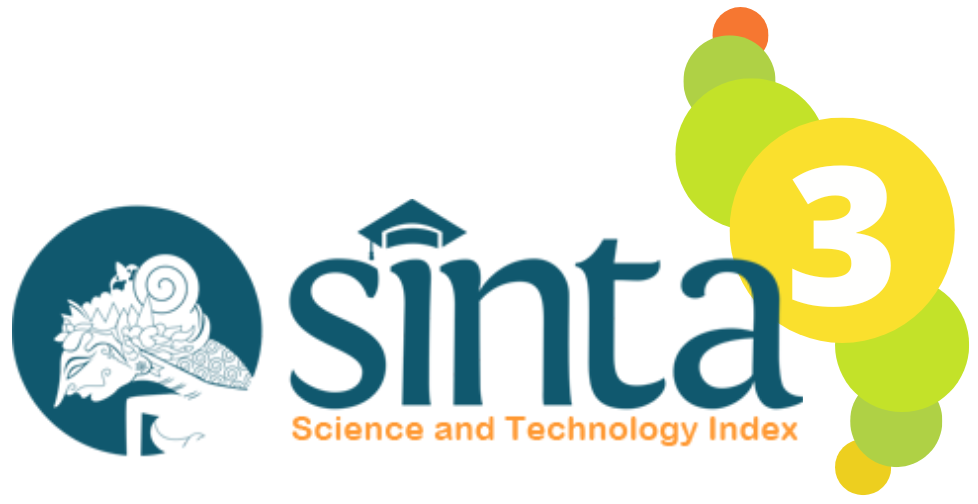ANALYSIS OF TRENDS IN THE USE OF DIGITAL-BASED ASSESSMENT INSTRUMENTS: SYSTEMATIC LITERATURE REVIEW (2020-2025)
DOI:
https://doi.org/10.32585/dikdasbantara.v8i1.6708Abstract
The advancement of digital technology has brought significant changes in the world of education, including in the implementation of assessments in elementary schools. This study aims to analyze the trend of the use of digital-based assessment instruments at the elementary school level during the period 2020–2025, as well as to identify the challenges and needs for developing innovative and interactive instruments. The method used is a systematic literature review (SLR) by collecting and filtering 1179 articles from Google Scholar and Crossref, with inclusion criteria of only 9 relevant articles. The results of the study showed that the dominance of research was developmental (55.56%), followed by quantitative (22.22%), and no classroom action studies (PTK) were found. The trend shows an increase in the use of digital media such as Quizizz, Wordwall, Google Form, and Kahoot, but there is still a lack of HOTS assessment instruments that are interactive and in accordance with the characteristics of the material, especially in mathematics learning. The main challenges include low innovation in evaluation methods and limited use of digital media. In conclusion, the development of responsive, multimedia, and innovative digital instruments is needed to increase the effectiveness of assessment and student participation, supporting 21st century learning at the elementary level.
Downloads
Downloads
Published
Issue
Section
License
Copyright (c) 2025 Khusnul Estining Tyas Tyas, Wahyu Lestari, Bambang Subali, Ellianawati Ellianawati

This work is licensed under a Creative Commons Attribution-ShareAlike 4.0 International License.
The copyright to this article is transferred to Jurnal Dikdas Bantara if and when the article is accepted for publication under Creative Commons Attribution-ShareAlike 4.0 International License. The undersigned hereby transfers any and all rights in and to the paper including without limitation all copyrights to Jurnal Dikdas Bantara. The undersigned hereby represents and warrants that the paper is original and that he/she is the author of the paper, except for material that is clearly identified as to its original source, with permission notices from the copyright owners where required. The undersigned represents that he/she has the power and authority to make and execute this assignment.We declare that:
1. This paper has not been published in the same form elsewhere.
2. It will not be submitted anywhere else for publication prior to acceptance/rejection by this Journal.
3. A copyright permission is obtained for materials published elsewhere and which require this permission for reproduction.
Furthermore, I/We hereby transfer the unlimited rights of publication of the above-mentioned paper in whole to Jurnal Dikdas Bantara. The copyright transfer covers the right to reproduce and distribute the article, including reprints, translations, photographic reproductions, microform, electronic form (offline, online), or any other reproductions of similar nature. The corresponding author signs for and accepts responsibility for releasing this material on behalf of any and all co-authors. After submission of this agreement signed by the corresponding author, changes of authorship or in the order of the authors listed will not be accepted.
Retained Rights/Terms and Conditions
1. Authors retain all proprietary rights in any process, procedure, or article of manufacture described in the work.
2. Authors may reproduce or authorize others to reproduce the work or derivative works for the author’s personal use or for company use, provided that the source and the Jurnal Dikdas Bantara copyright notice are indicated, the copies are not used in any way that implies Jurnal Dikdas Bantara endorsement of a product or service of any employer, and the copies themselves are not offered for sale.
3. Although authors are permitted to re-use all or portions of the work in other works, this does not include granting third-party requests for reprinting, republishing, or other types of re-use.



















